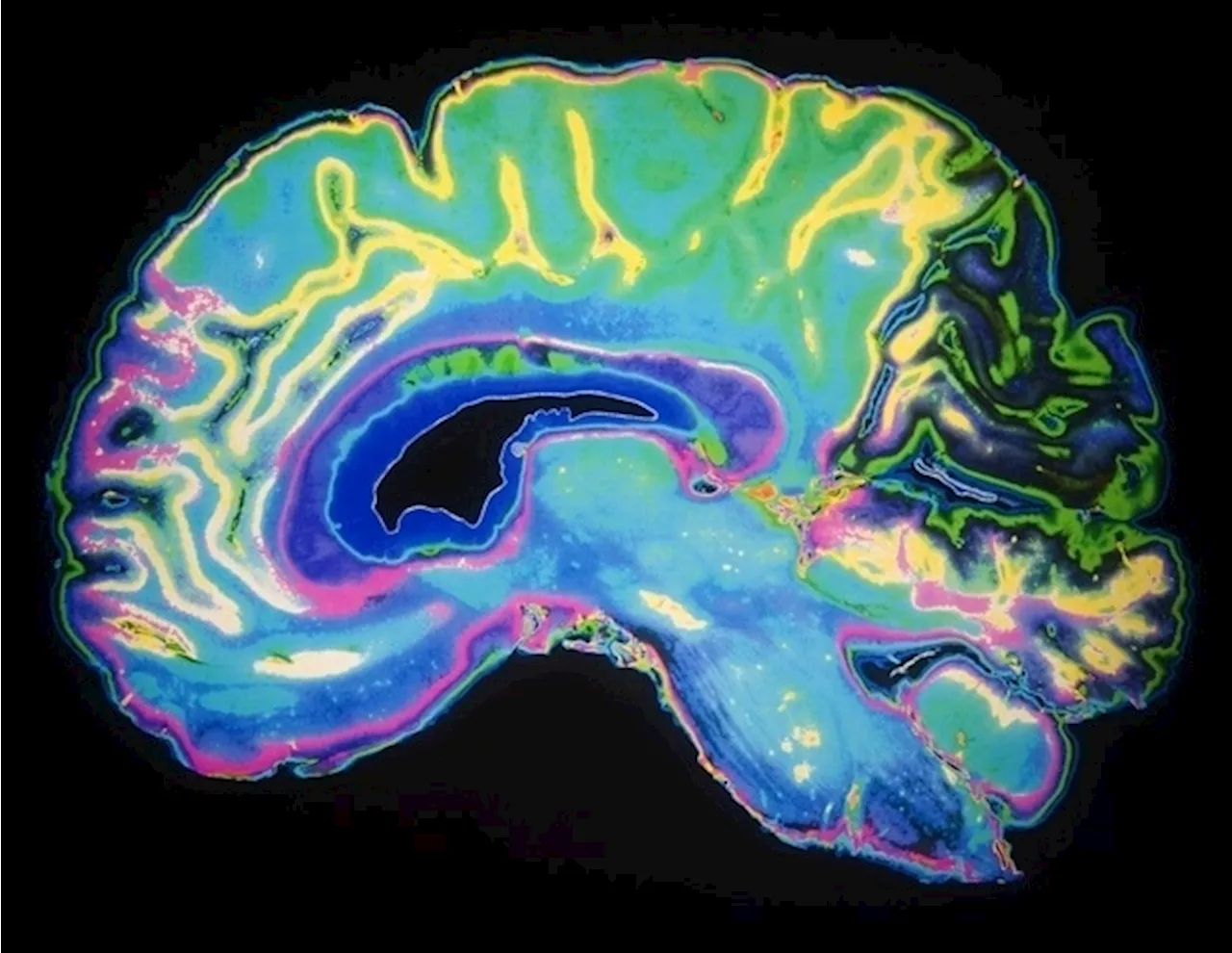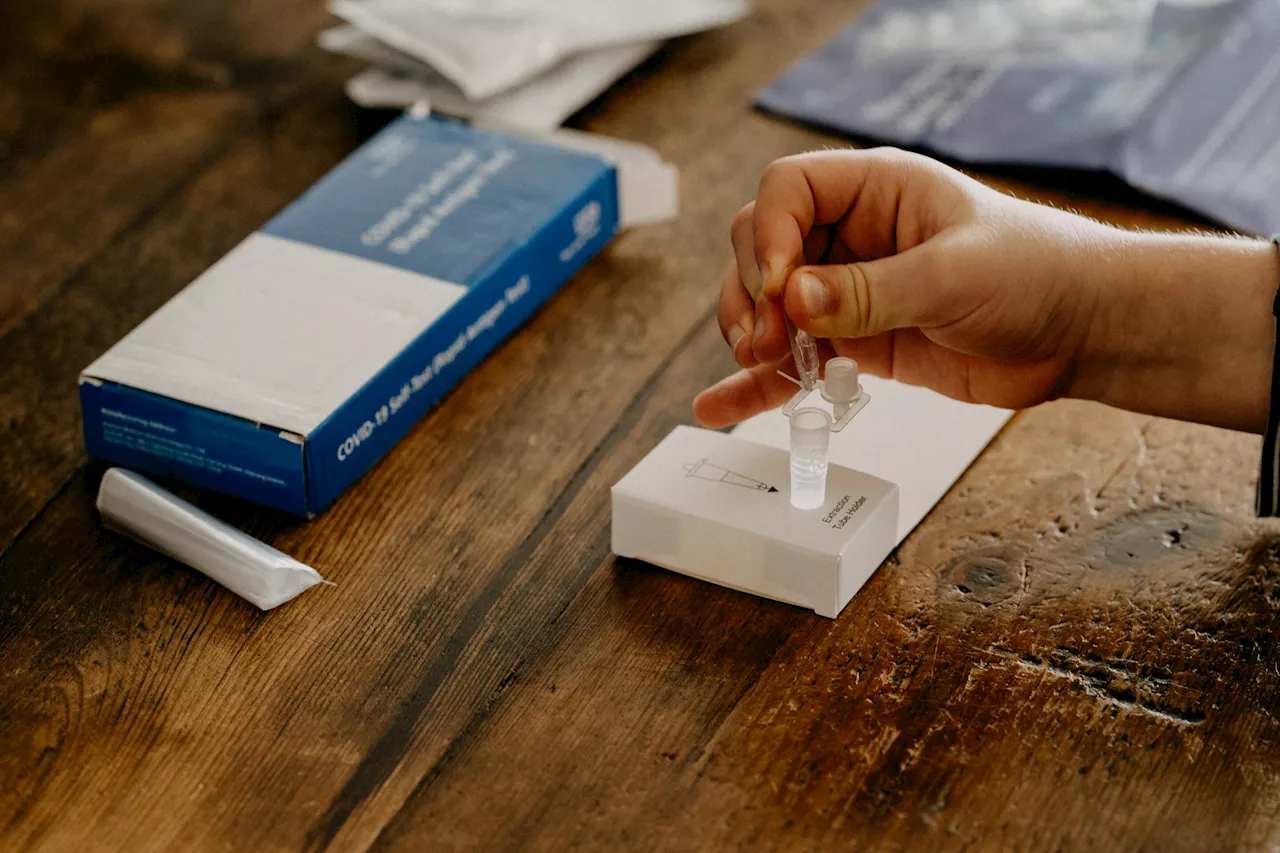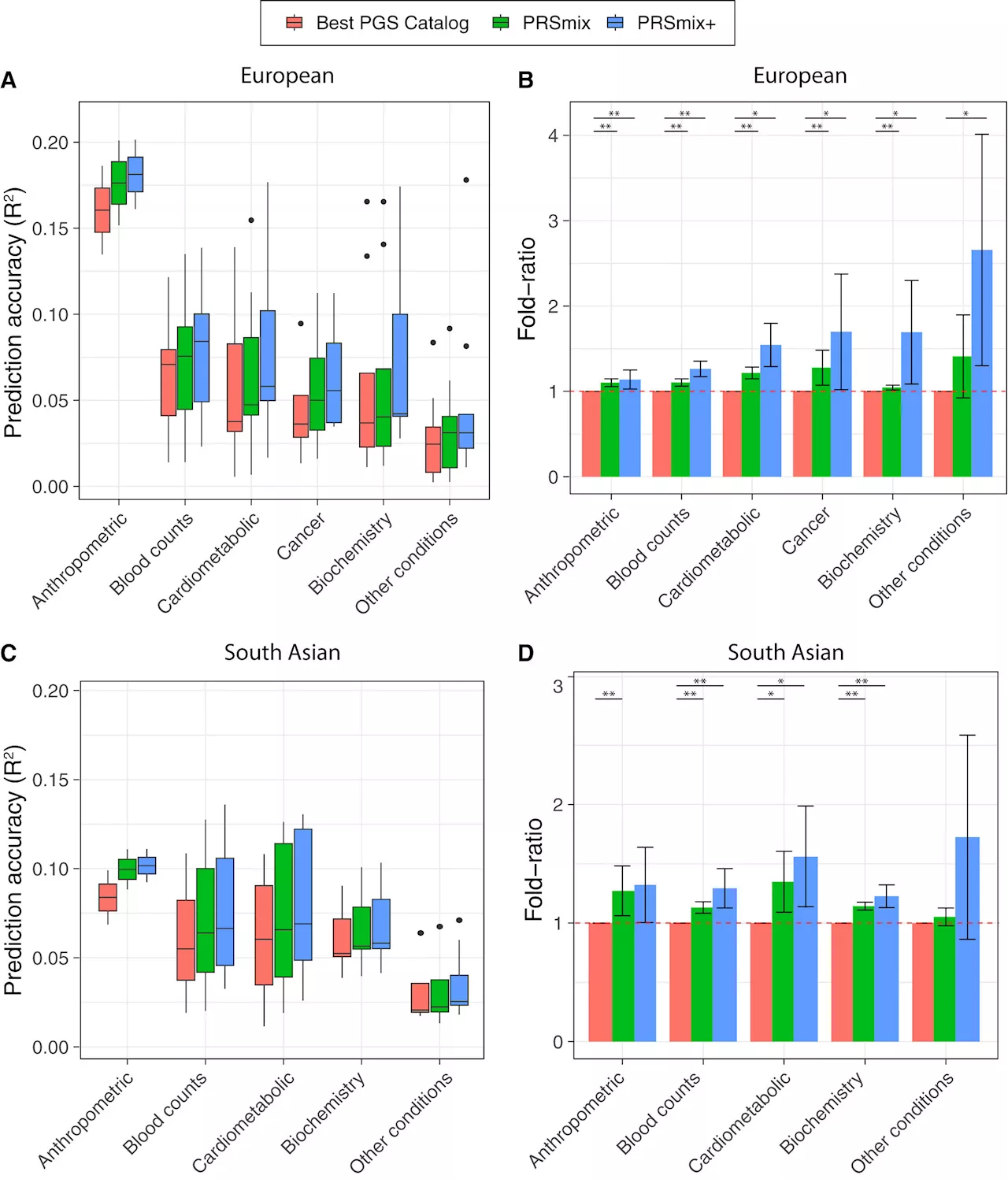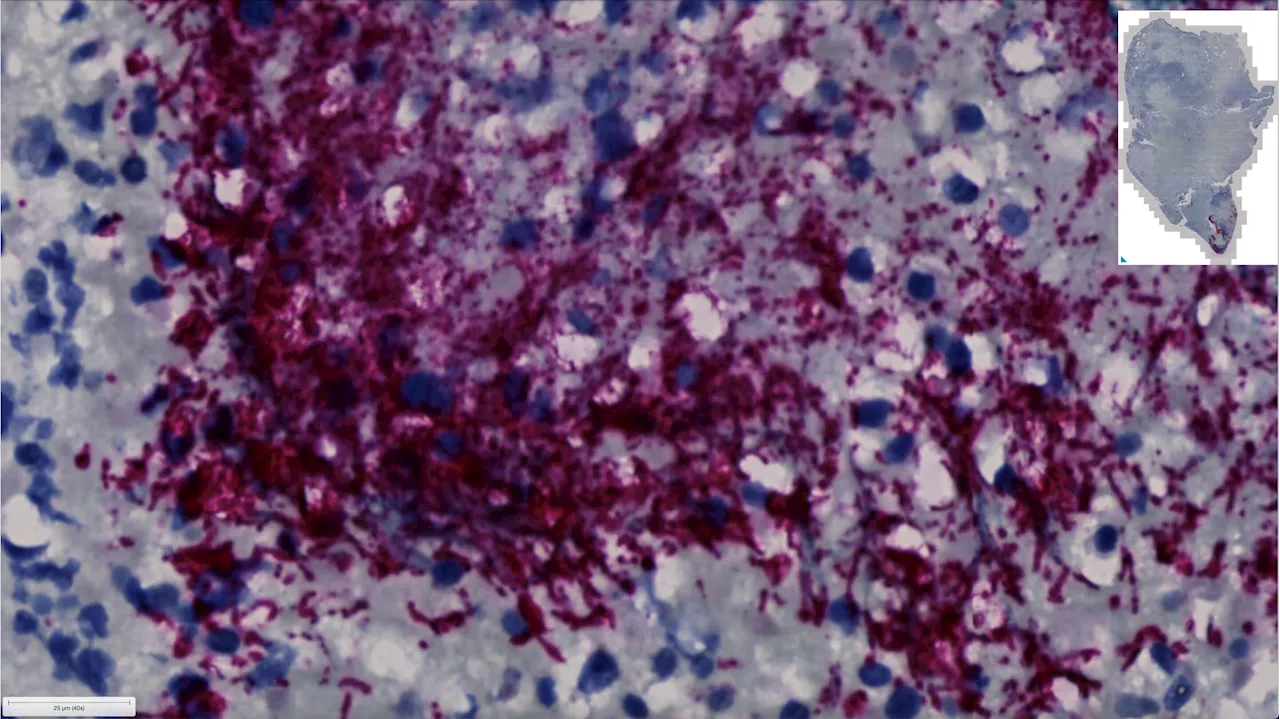Researchers highlighted the nutraceutical potential of piquin chili, focusing on its rich content of capsaicinoids, carotenoids, and flavonoids, which contribute to its antioxidant properties.
By Dr. Chinta SidharthanApr 17 2024Reviewed by Susha Cheriyedath, M.Sc. In a recent study published in the journal Frontiers in Nutrition , a team of researchers in Mexico reviewed the numerous metabolites, such as capsaicinoids, carotenoids, and flavonoids, in piquin chili and the antioxidant properties that highlight its nutraceutical potential.
Therefore, understanding the optimal growth conditions is essential to recreate the natural processes that promote the highest production of nutraceutical compounds. A comprehensive evaluation of traditional practices, management of natural resources, genetic improvement techniques, innovative industrial processing methods, sustainable forestry production practices, and public policies on the use of such nutraceutical compounds is also imperative.
The review discussed various factors that can affect the carotenoid content of piquin chilies, such as shading conditions in which the fruits are allowed to mature. The carotenoid content of piquin chilies was found to be highest when the fruits were allowed to ripen or mature in open fields with natural light instead of ripening them in shaded regions.
Nutraceutical compounds: Volatile compounds The volatile compounds in chili are responsible for its flavor, aroma, and organoleptic properties, which determine its use. Capsicum species are known to contain various volatile compounds, such as organic acids, aldehydes, esters, compounds containing nitrogen, terpenoids, alcohols, hydrocarbons, ketones, and phenolics.
Carotenoid Chemicals Esters Fruit Genetic Metabolites Nutraceutical Nutrition Peptides Phytochemical Spice
United Kingdom Latest News, United Kingdom Headlines
Similar News:You can also read news stories similar to this one that we have collected from other news sources.
 Researchers develop a cost-effective method to spatially characterize and map brain epigenomesAn estimated one in six people suffer from a brain disorder worldwide, according to the American Brain Foundation.
Researchers develop a cost-effective method to spatially characterize and map brain epigenomesAn estimated one in six people suffer from a brain disorder worldwide, according to the American Brain Foundation.
Read more »
 Dermatology researchers create new tool to measure hyperpigmentationThere are currently no globally accepted methods for analyzing hyperpigmentation, a condition in which patches of skin are darker than the surrounding skin on the body. While one popular scale exists, it is specific to facial hyperpigmentation related to acne.
Dermatology researchers create new tool to measure hyperpigmentationThere are currently no globally accepted methods for analyzing hyperpigmentation, a condition in which patches of skin are darker than the surrounding skin on the body. While one popular scale exists, it is specific to facial hyperpigmentation related to acne.
Read more »
 Researchers report rare but persistent false positives on COVID-19 home antigen testsUMass Chan Medical School researchers have documented a phenomenon that had confounded clinicians: Some people persistently test positive for SARS-CoV-2, the virus that causes COVID-19, on rapid home antigen tests despite obtaining concurrent negative PCR tests.
Researchers report rare but persistent false positives on COVID-19 home antigen testsUMass Chan Medical School researchers have documented a phenomenon that had confounded clinicians: Some people persistently test positive for SARS-CoV-2, the virus that causes COVID-19, on rapid home antigen tests despite obtaining concurrent negative PCR tests.
Read more »
 Researchers report on the effectiveness of skin biopsy to detect Parkinson's and related neurodegenerative diseasesIn a paper published in the Journal of the American Medical Association (JAMA), neurologists at Beth Israel Deaconess Medical Center (BIDMC) showed that a simple skin biopsy test detects an abnormal form of alpha-synuclein, the pathological hallmark of Parkinson's disease and the subgroup of neurodegenerative disorders known as synucleinopathies,...
Researchers report on the effectiveness of skin biopsy to detect Parkinson's and related neurodegenerative diseasesIn a paper published in the Journal of the American Medical Association (JAMA), neurologists at Beth Israel Deaconess Medical Center (BIDMC) showed that a simple skin biopsy test detects an abnormal form of alpha-synuclein, the pathological hallmark of Parkinson's disease and the subgroup of neurodegenerative disorders known as synucleinopathies,...
Read more »
 Researchers roll out a more accurate way to estimate genetic risks of diseaseResearchers have developed statistical tools called polygenic risk scores (PRSs) that can estimate individuals' risk for certain diseases with strong genetic components, such as heart disease or diabetes. However, the data on which PRSs are built is often limited in diversity and scope.
Researchers roll out a more accurate way to estimate genetic risks of diseaseResearchers have developed statistical tools called polygenic risk scores (PRSs) that can estimate individuals' risk for certain diseases with strong genetic components, such as heart disease or diabetes. However, the data on which PRSs are built is often limited in diversity and scope.
Read more »
 Bacteria subtype linked to growth in up to 50% of human colorectal cancers, researchers reportResearchers at Fred Hutchinson Cancer Center have found that a specific subtype of a microbe commonly found in the mouth is able to travel to the gut and grow within colorectal cancer tumors. This microbe is also a culprit for driving cancer progression and leads to poorer patient outcomes after cancer treatment.
Bacteria subtype linked to growth in up to 50% of human colorectal cancers, researchers reportResearchers at Fred Hutchinson Cancer Center have found that a specific subtype of a microbe commonly found in the mouth is able to travel to the gut and grow within colorectal cancer tumors. This microbe is also a culprit for driving cancer progression and leads to poorer patient outcomes after cancer treatment.
Read more »
